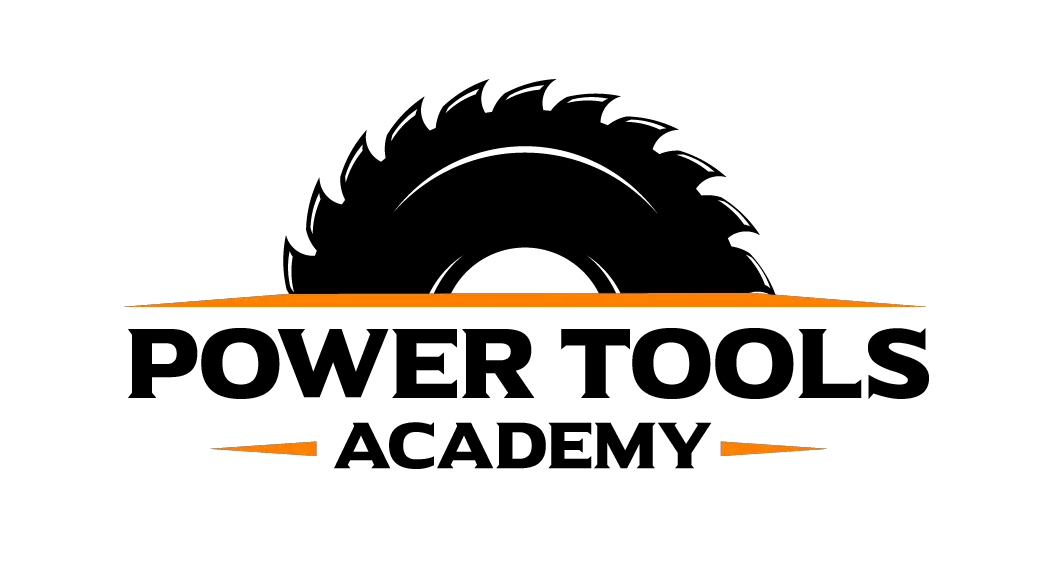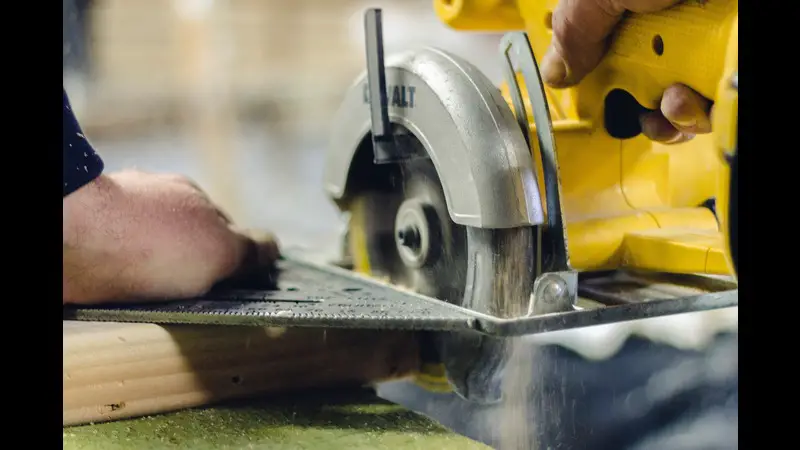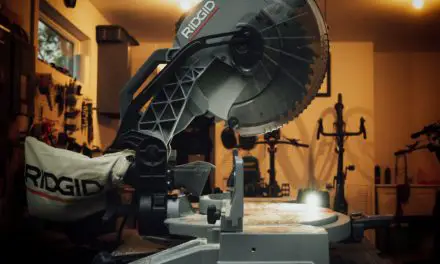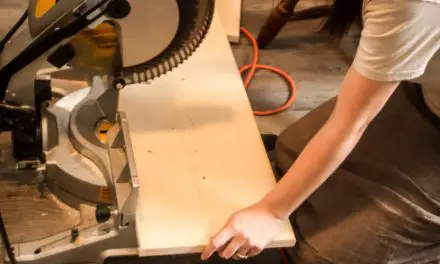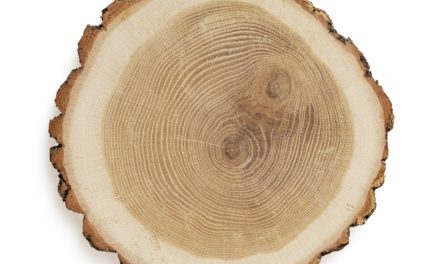Have you ever been ready to start a woodworking project and then found out your blade is dull? To keep from losing motivation, you might look for a quick replacement. But what if all you have is a 7” blade?
You can use a 7” blade on a 7 ¼” circular saw. However, while it is safe to use a 7” blade or even a smaller option, it does mean that the depth of the cut will be shallower. Always ensure that the blade’s maximum RPM should match that of the saw.
Using a 7” blade on a 7 ¼” circular saw is possible, but there are some things you should know first, including how the size of the blade affects the saw and whatever you’re working on, as well as the safety risks you may encounter when using a smaller blade with your 7 ¼” circular saw.
How Does the Size of the Blade Affect a Circular Saw?
You will be glad to hear that you can use any saw blade between 4 ½” and 7 ½”, including a 7” blade that you have lying around. In fact, you can even use a blade that was made for a miter or table saw.
But that being said, the size and type of blade you use will affect how the saw functions.
When it comes to circular saws, it’s important to understand that the cuts made will only ever be slightly less than half the depth of the circumference of the blade.
So when you use a 7 ¼” blade, it will make about a 2 ½” cut. But when you use a 7” blade, it will make about a 2 ¼” cut in whatever material you’re working with.
What Does This Mean for my Project?
As well as changing the depth of the cut, opting for a smaller or different blade has other implications that you should be aware of.
- The depth indicators will not be completely accurate. This means that you will have to use your own measurements and pay close attention to how deep you are cutting with the saw.
- The kerf and teeth will be different. Once again, it’s up to you to note the kerf and depth of the teeth of the blade you chose to use, as they will be different from the original.
- The RPM of the blade may not match that of the saw. It is absolutely essential that you understand that the RPM of the blade must correlate with that of the circular saw. If the RPMs do not align, it could be extremely unsafe.
Now, it’s also crucial to remember that while you can use a smaller blade for your circular saw, if you understand the rules listed above, you cannot use a larger blade.
Are There Any Risks to Using a 7 Blade with a 7 ¼ Circular Saw?
The next thing you need to understand is whether or not there will be safety risks for you or the saw to be aware of when using a 7” blade with a 7 ¼” circular saw.
It’s essential to understand that no matter which blade you are using, you should feel completely confident using a circular saw before working with it.
Whenever using a circular saw, you should be aware that you could encounter dangers such as electric shock, fire, or personal injury.
Further Issues
However, there are more specific risks for both you and the saw you should understand when you opt for a smaller blade.
- The 7” blade will cut slightly less deep than a 7 ¼” blade, but it’s vital that you do not try to cut any deeper than is acceptable for the blade. If you attempt to cut too deep, it could cause the circular saw to malfunction and lead to personal injury.
- If the RPM maximum is different on the saw than the blade, it could also lead the saw to cease to function or overheat.
- If the blade is dull in any way, you should not use it. Personal injury is far more likely when using a circular saw blade, whether it’s smaller or not.
Overall, using a 7” blade with a 7 ¼” circular saw is not considered dangerous for your health. It is, however, a pretty big hassle and could potentially damage your tools.
